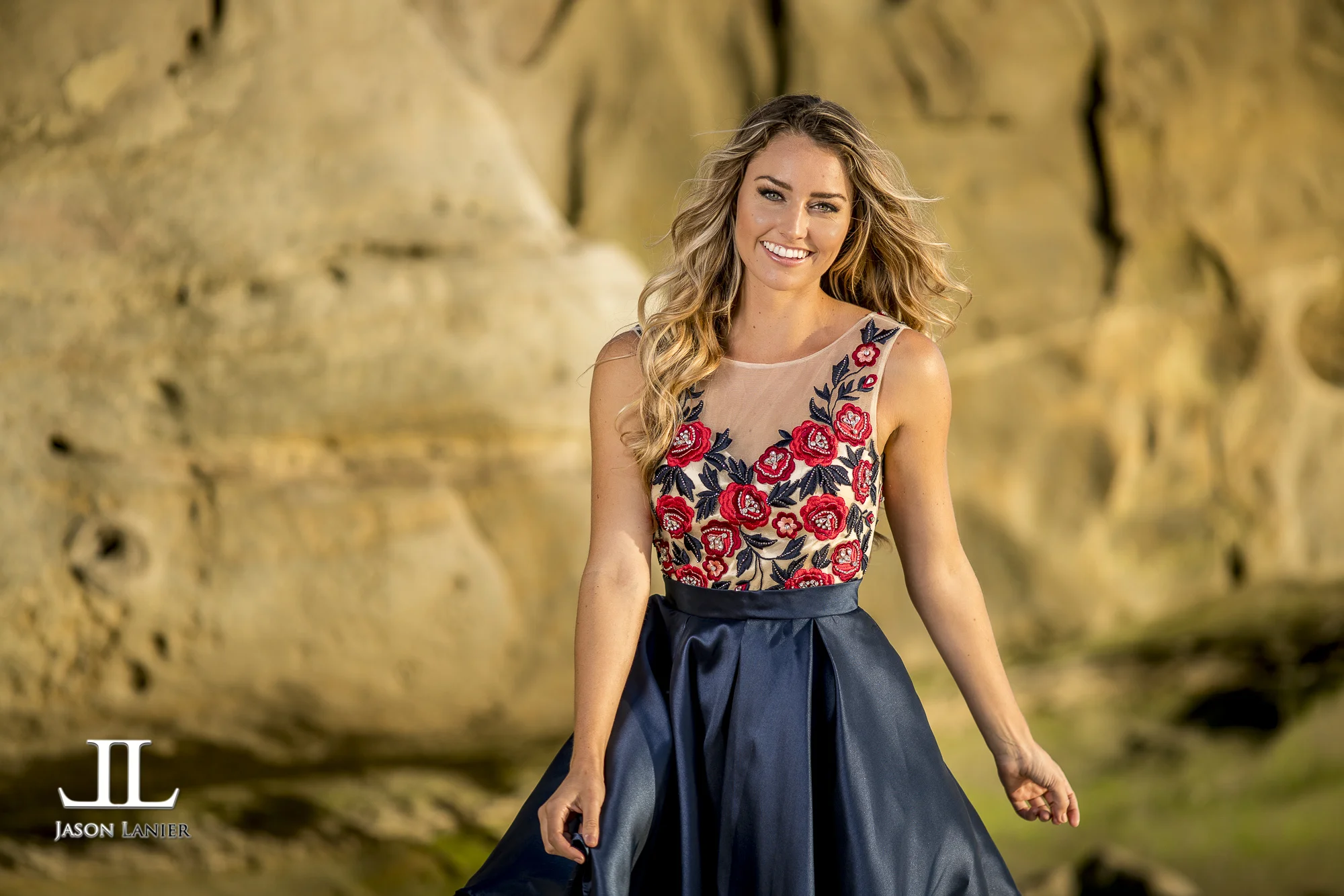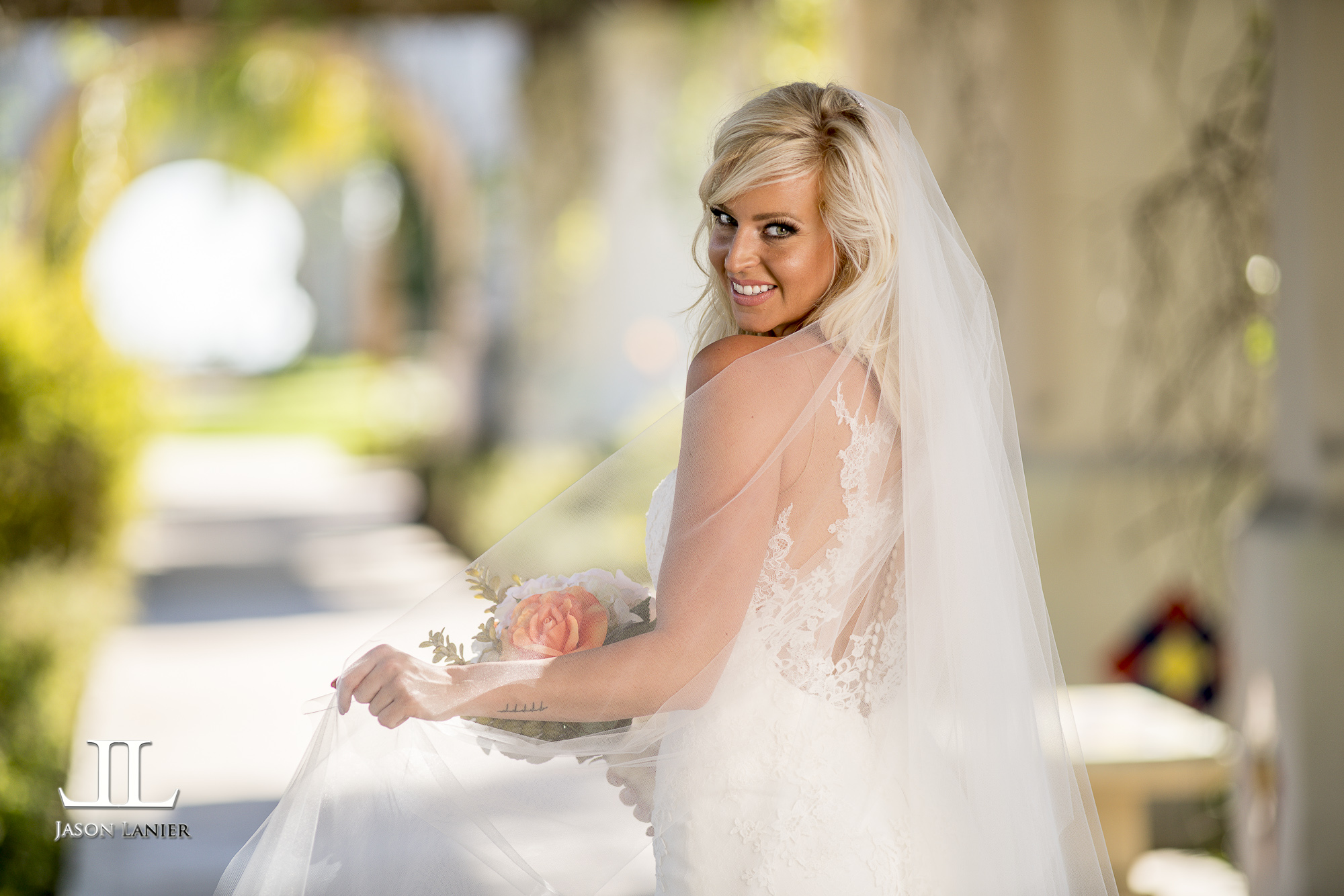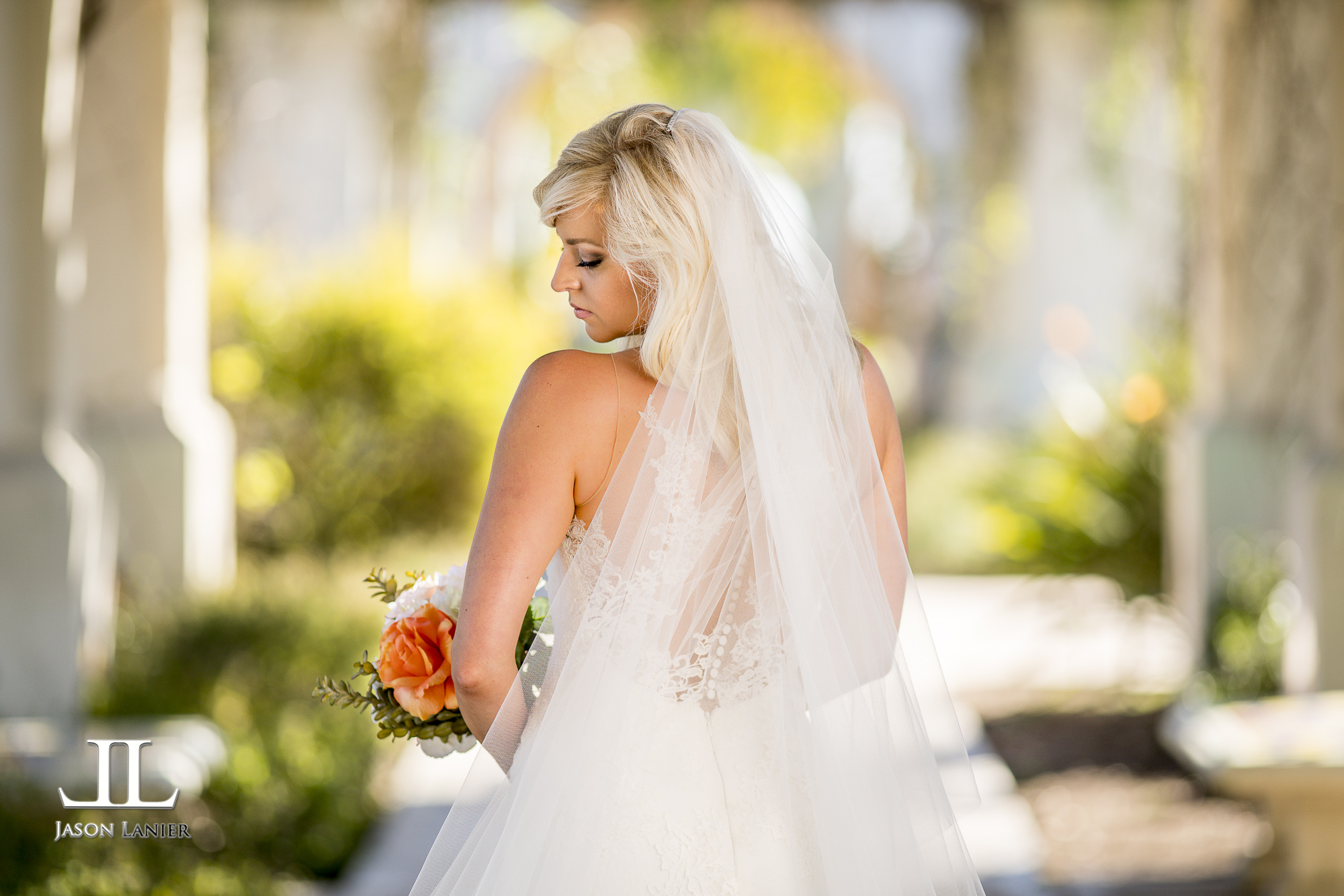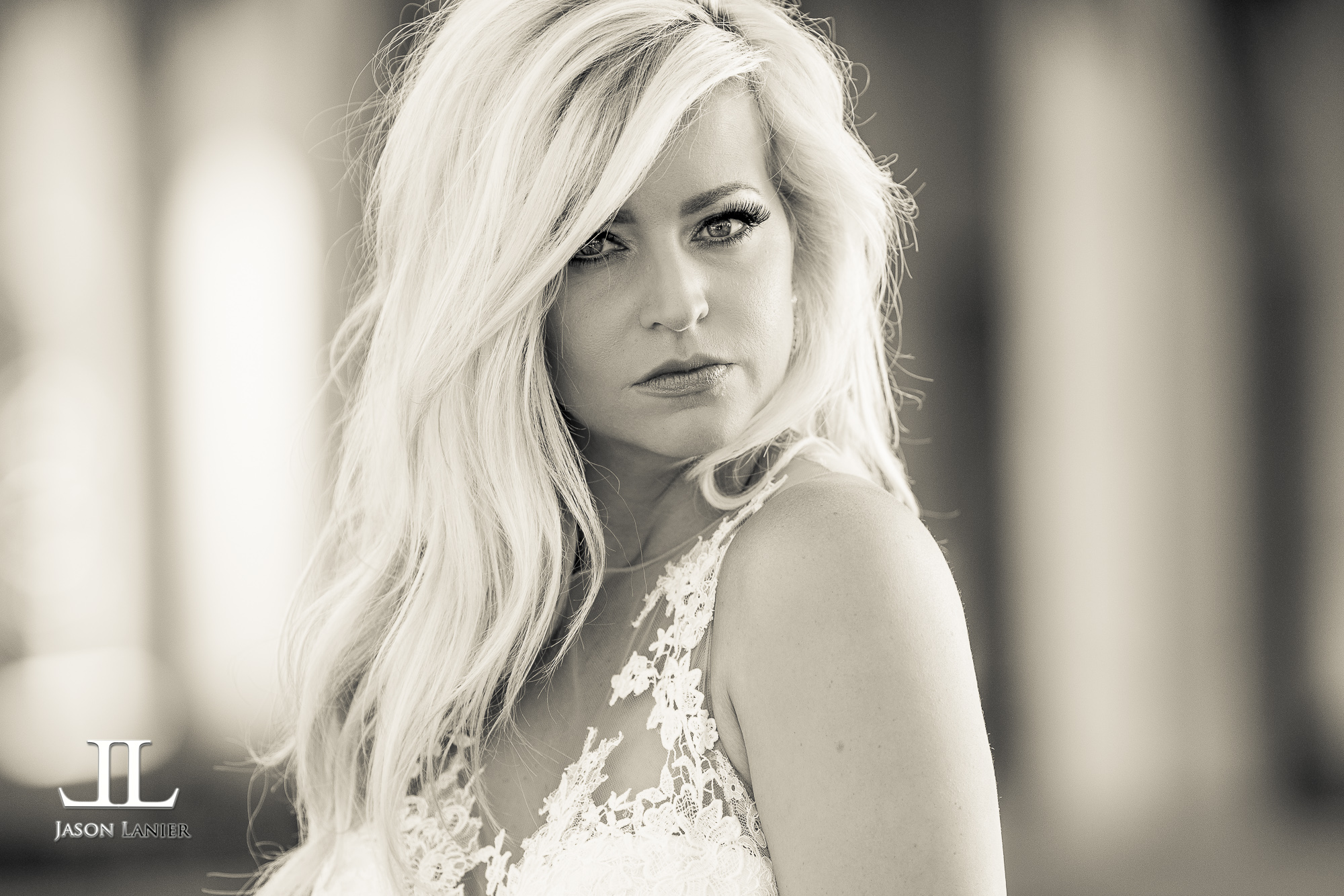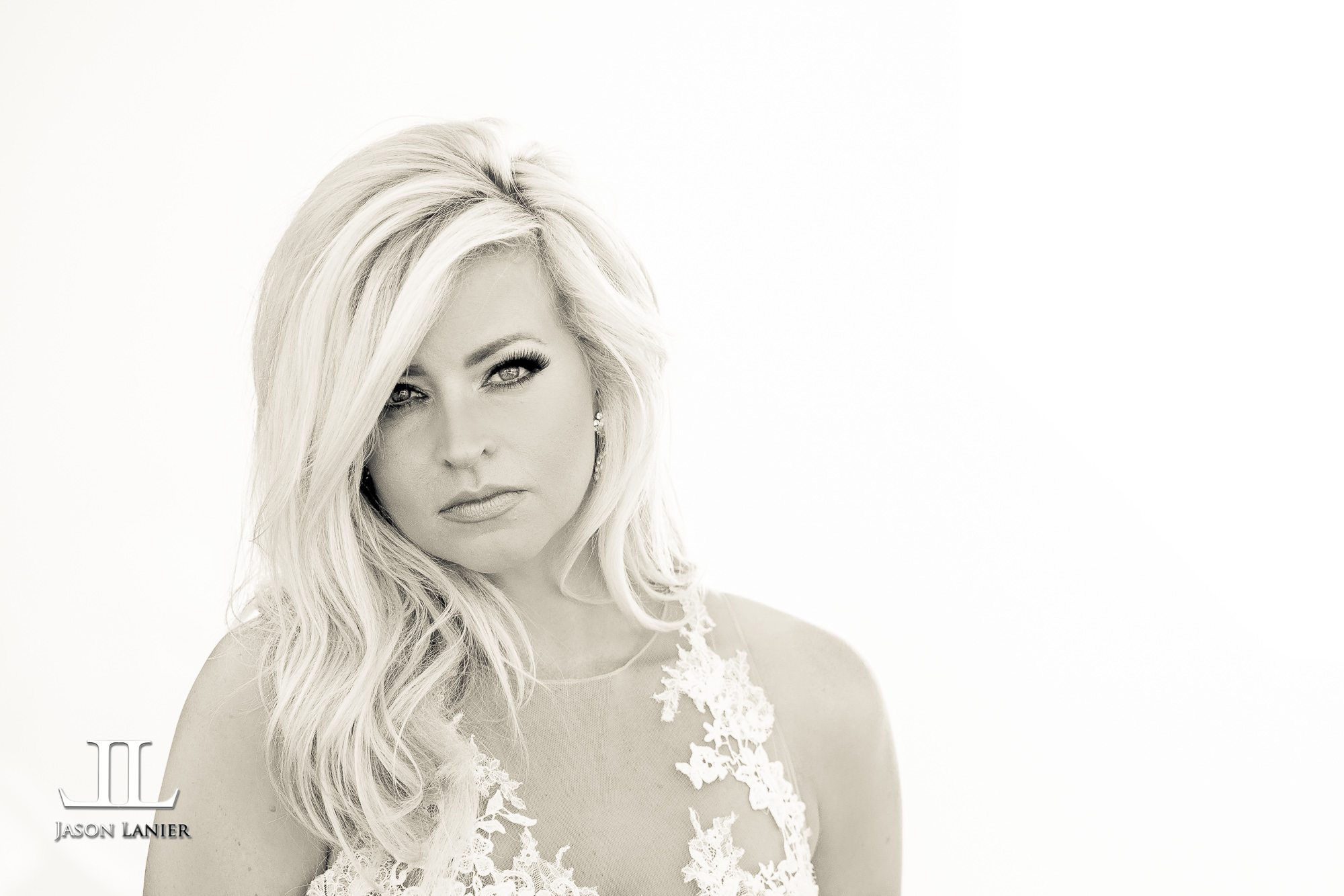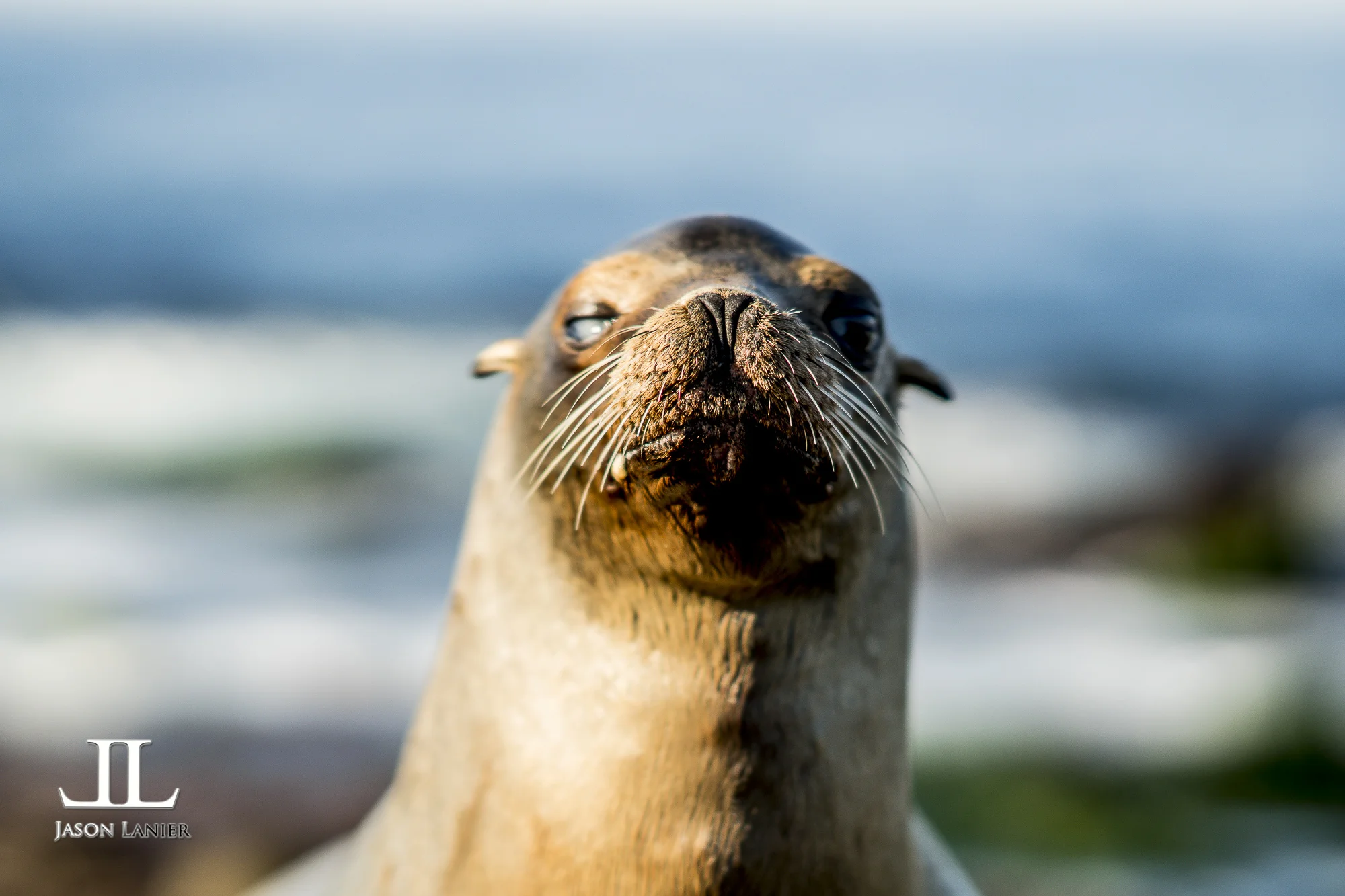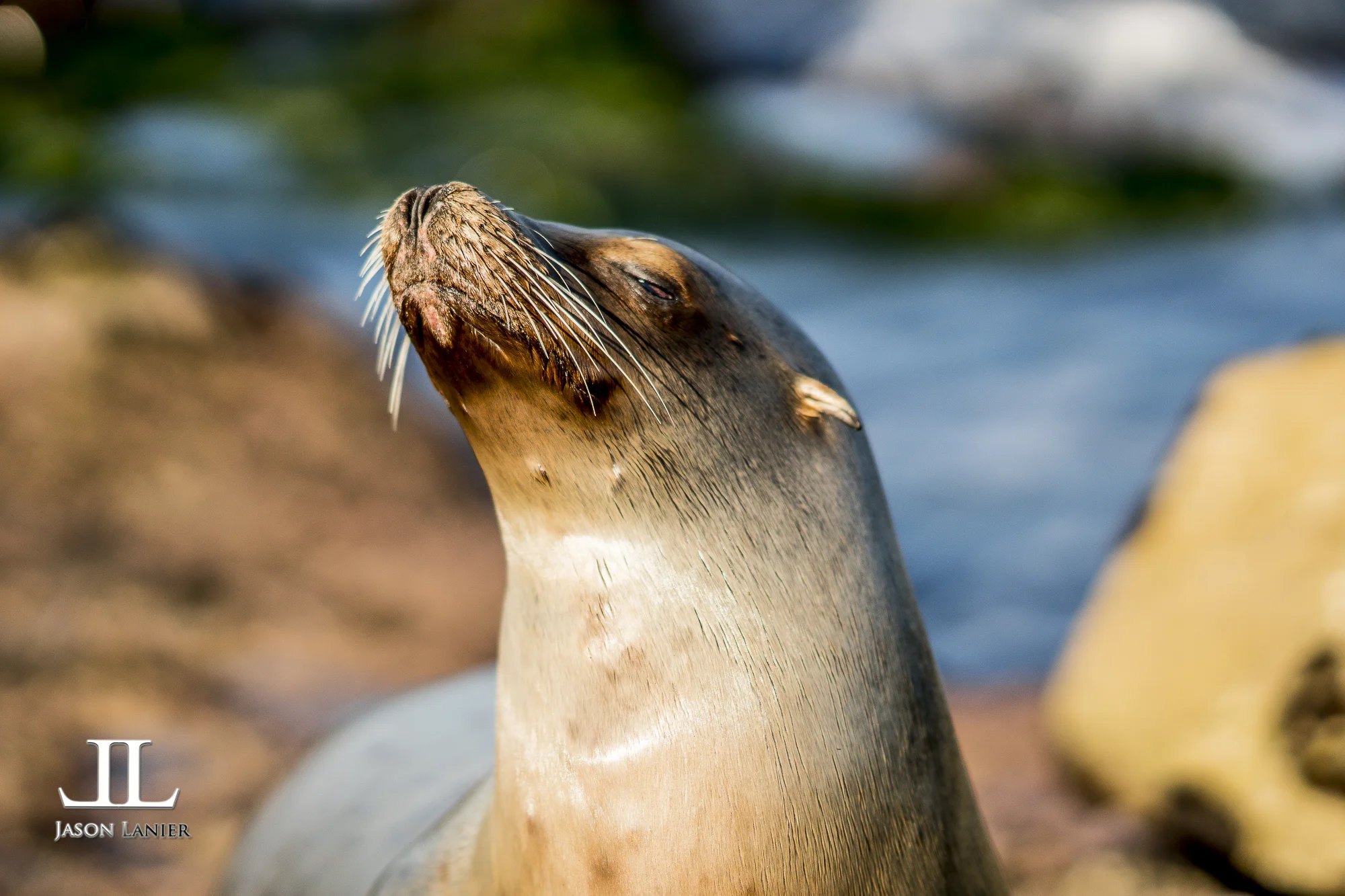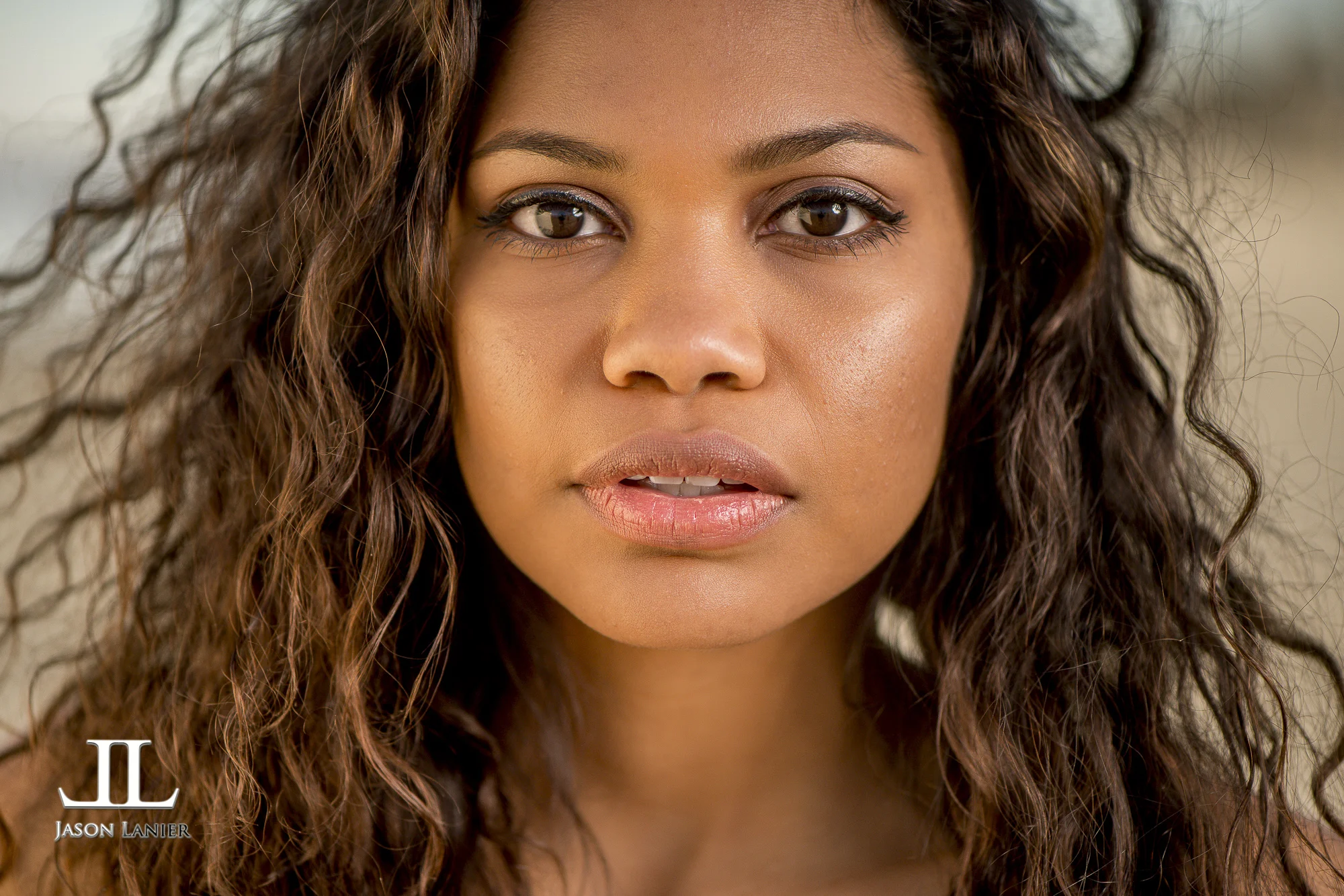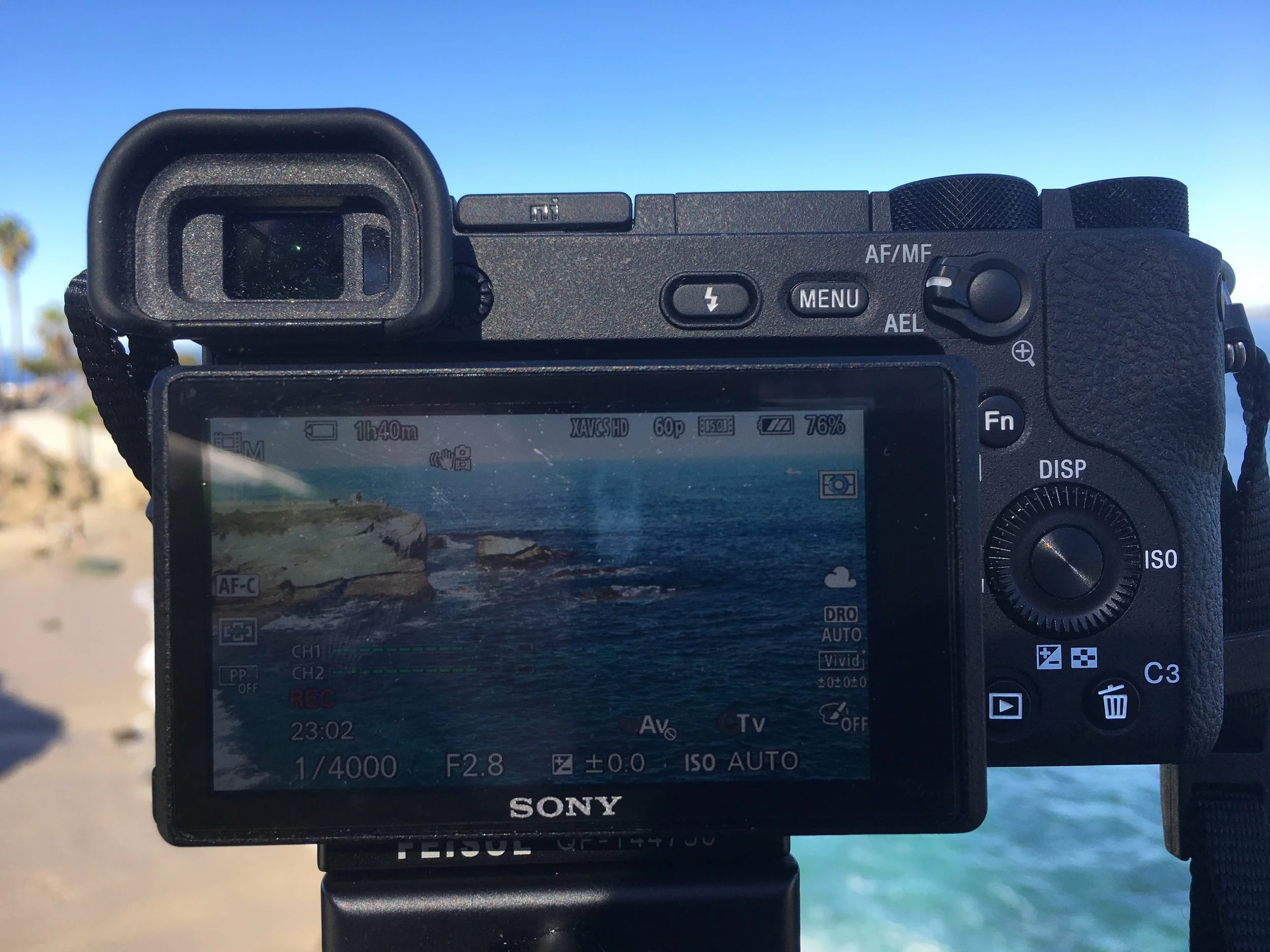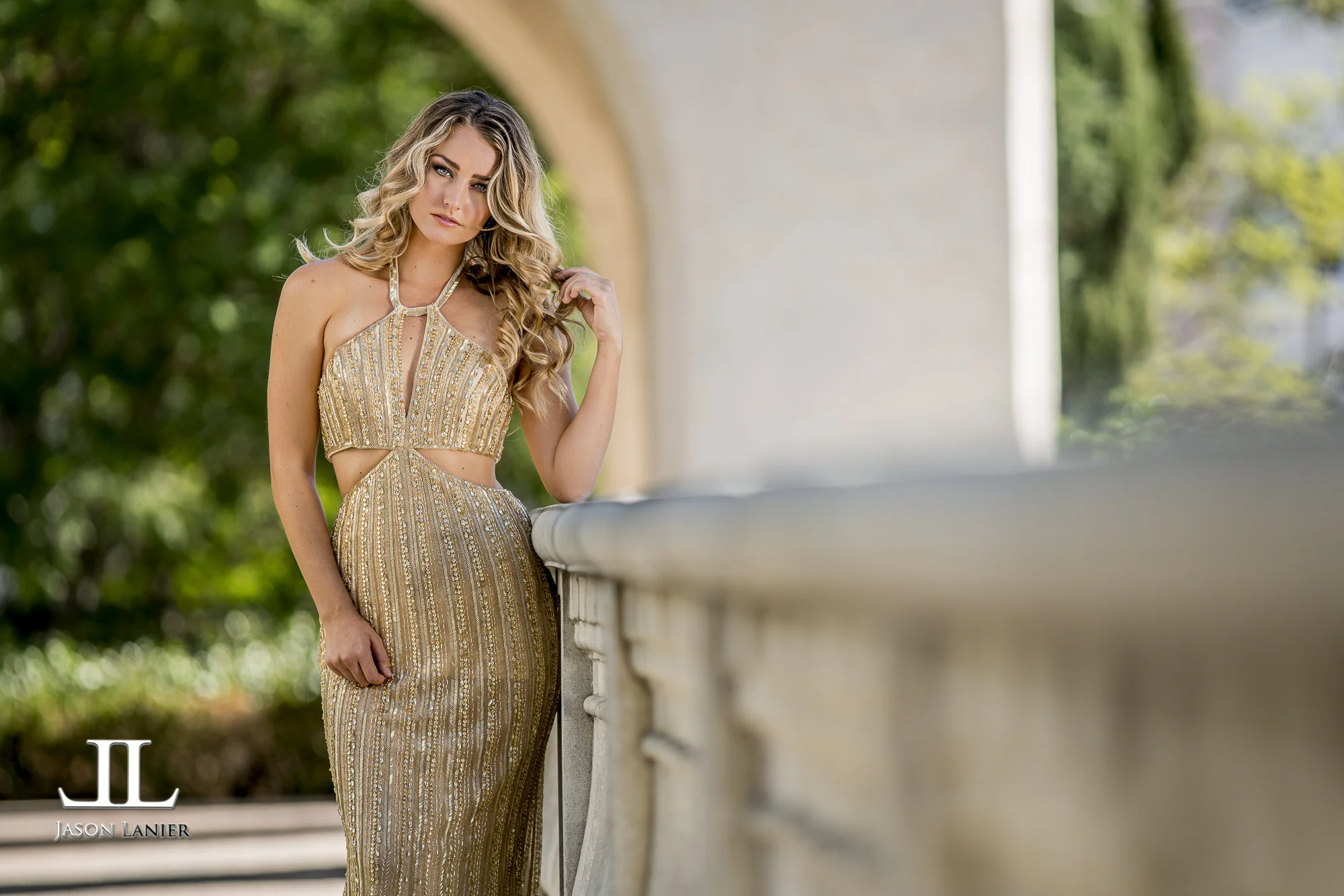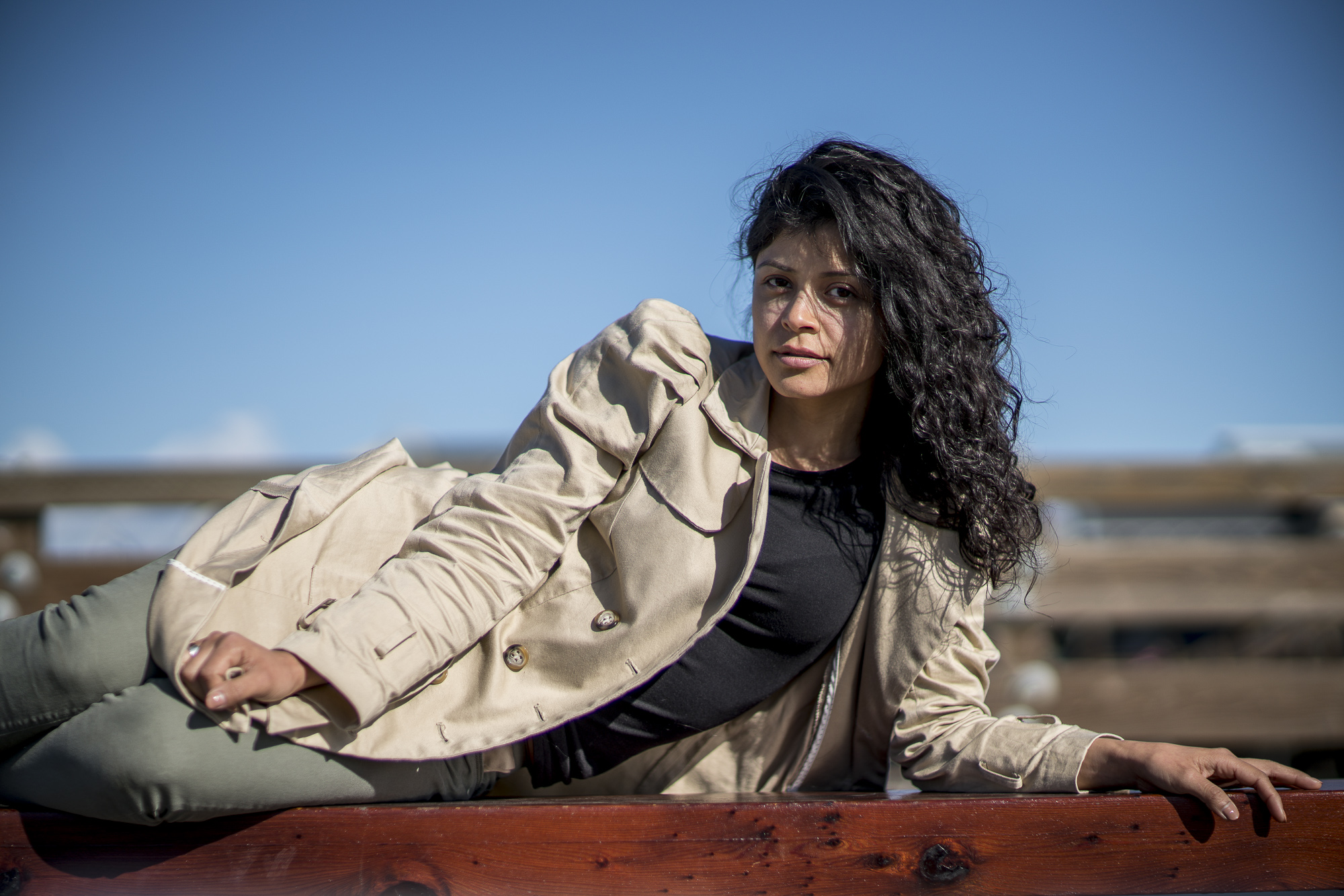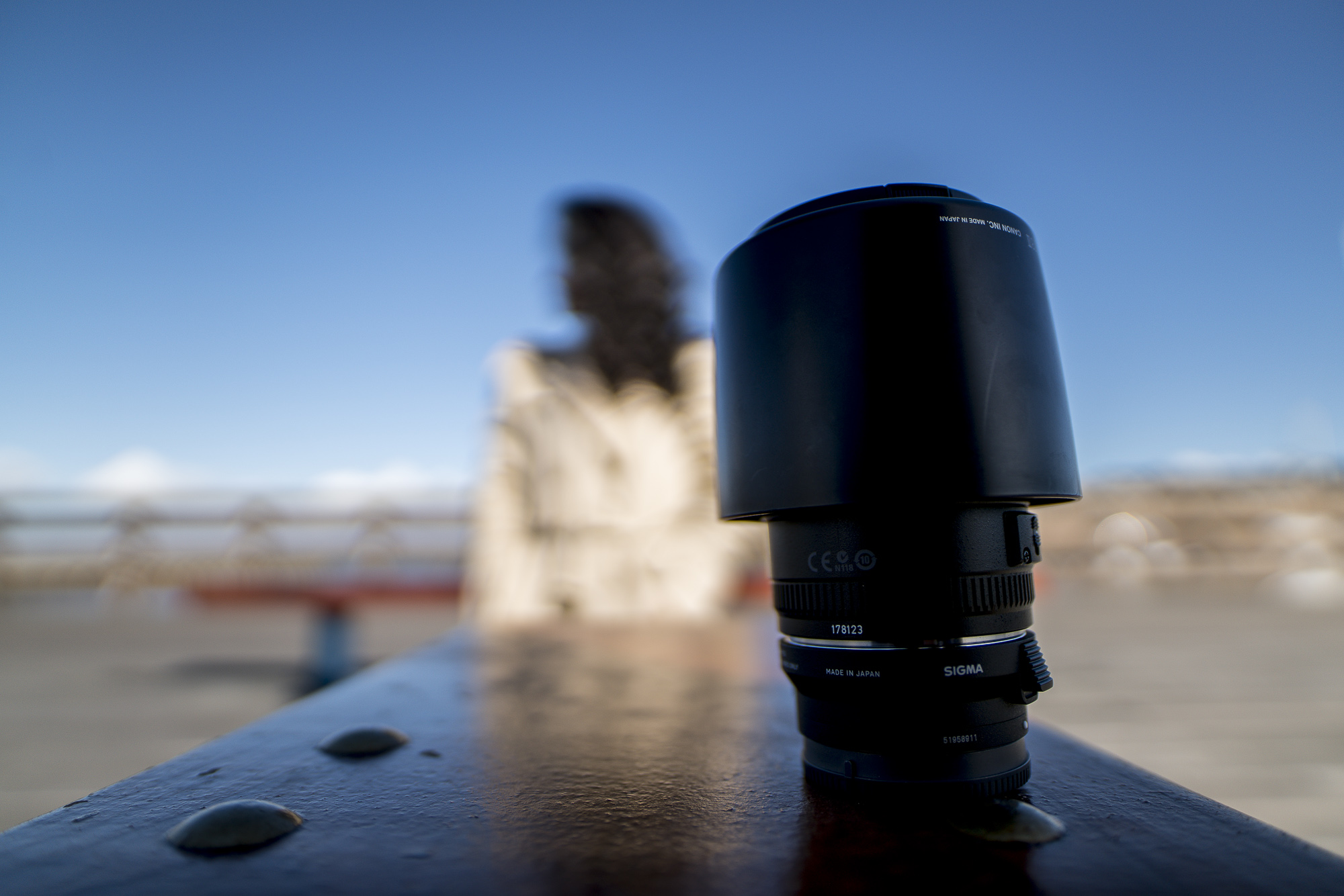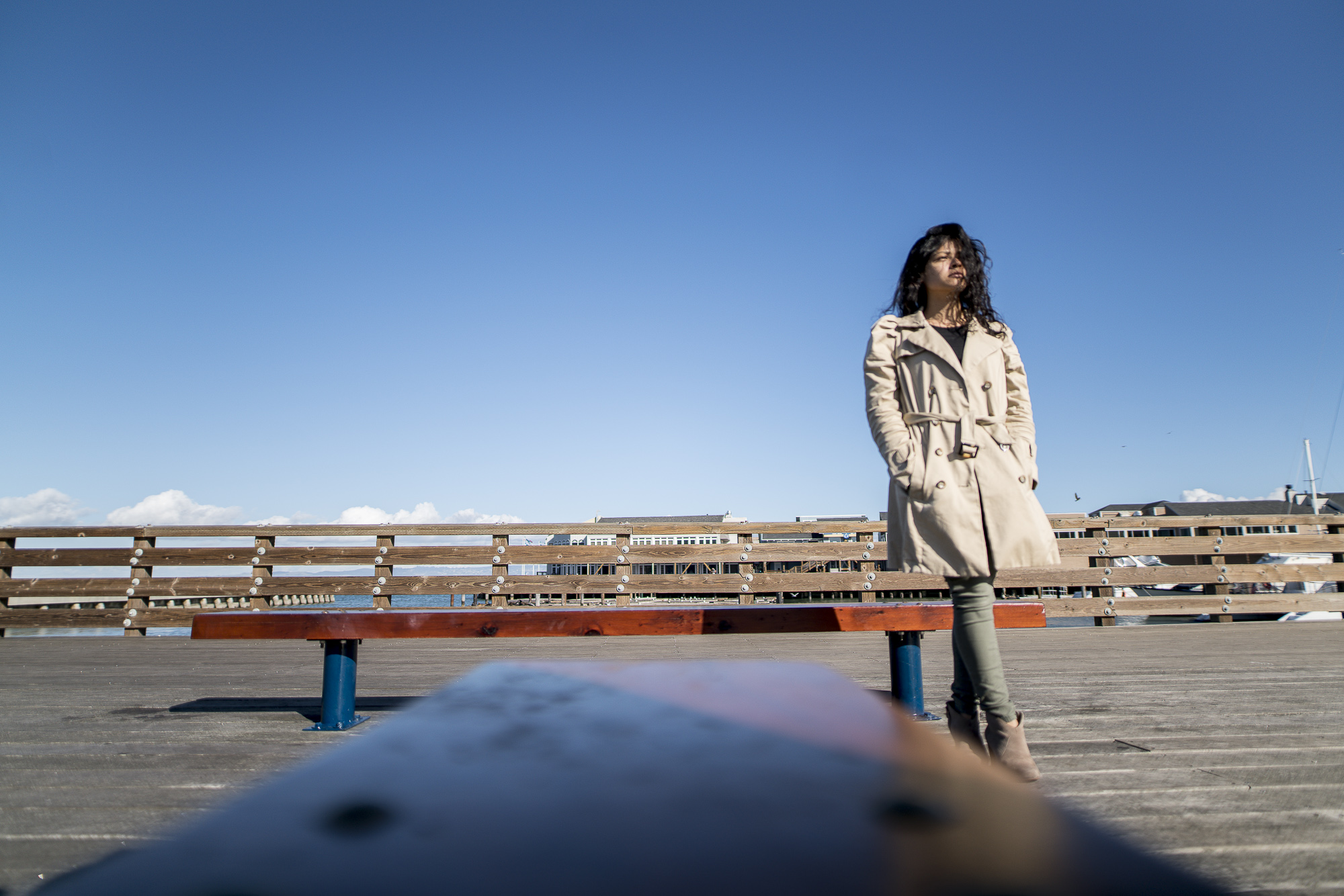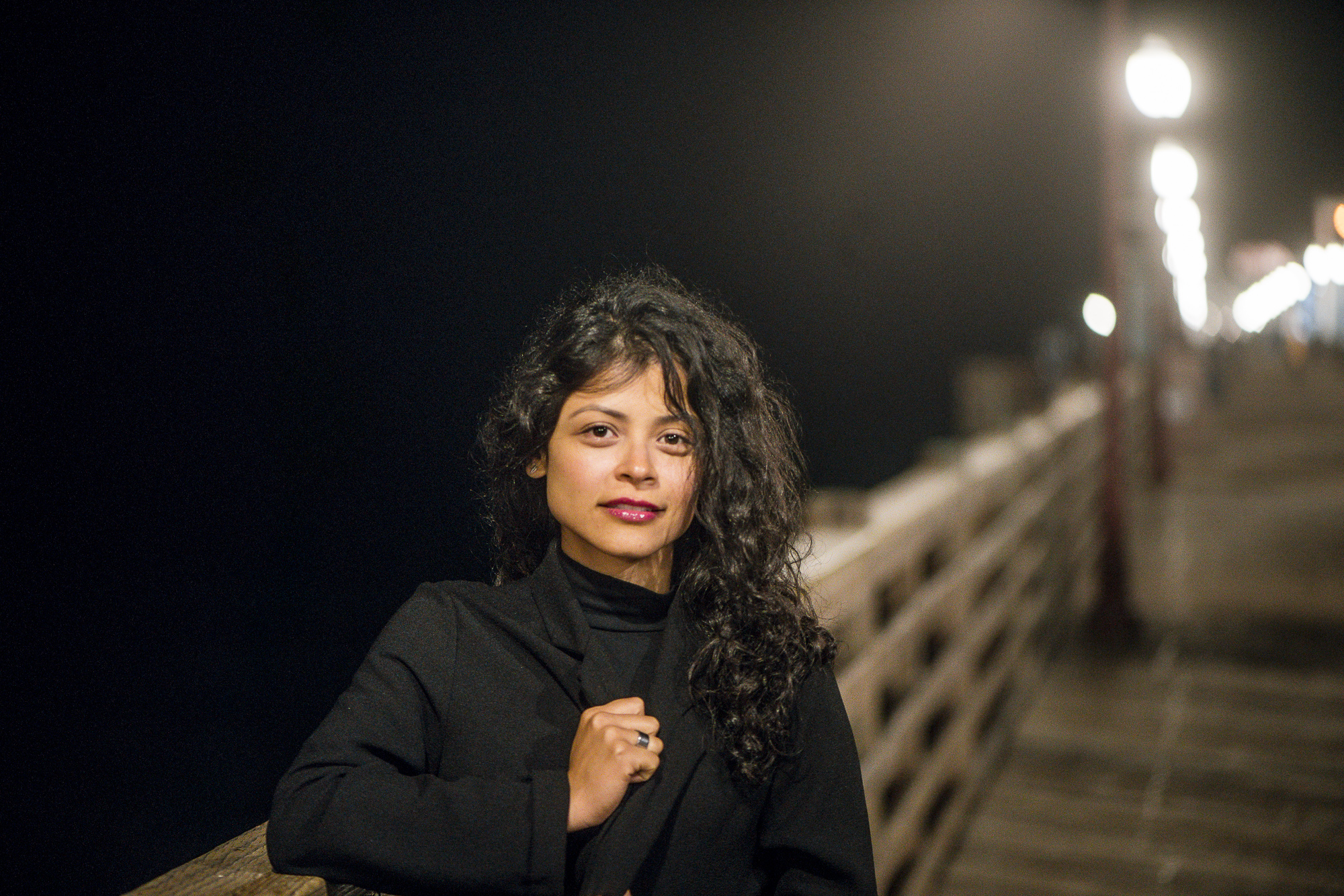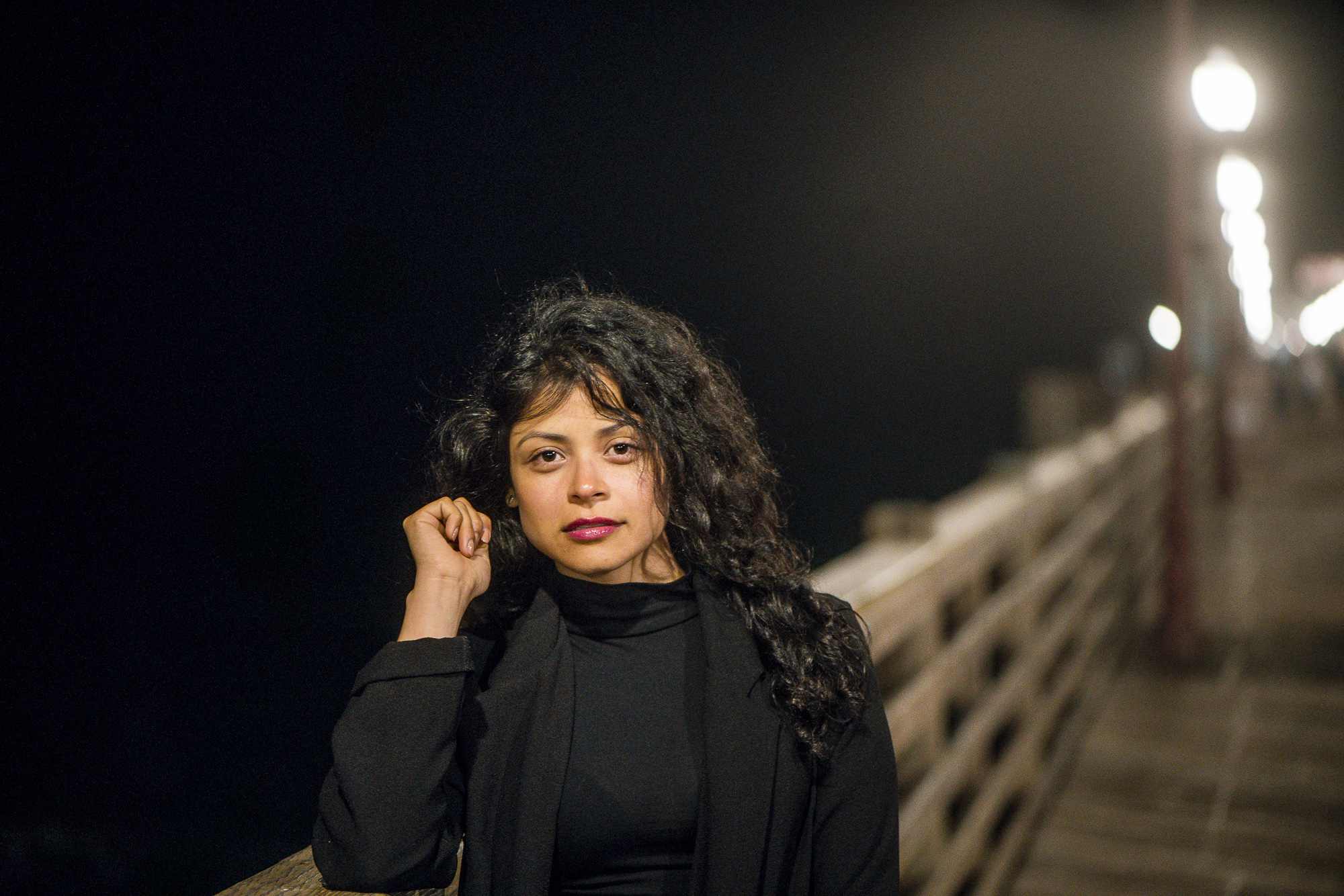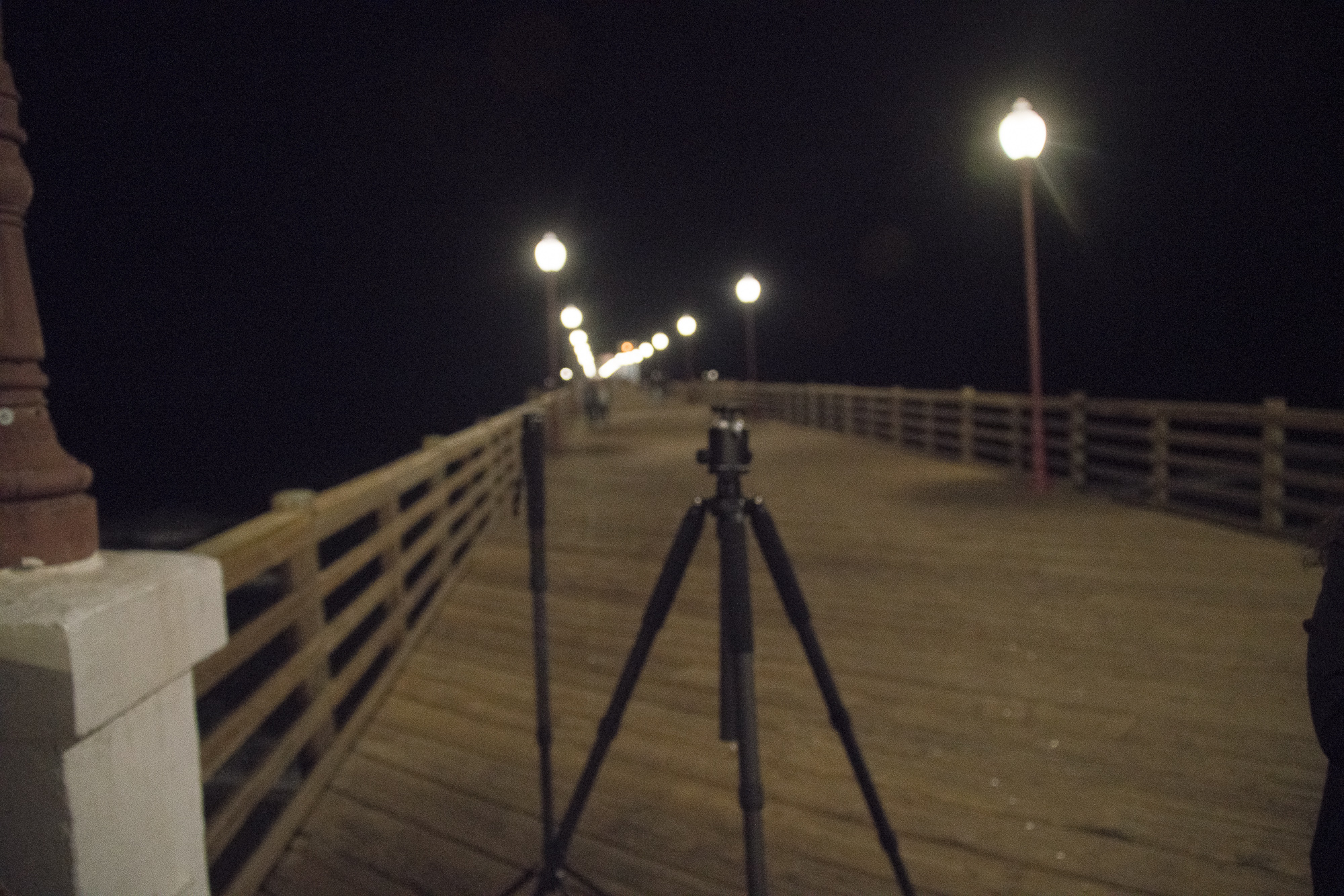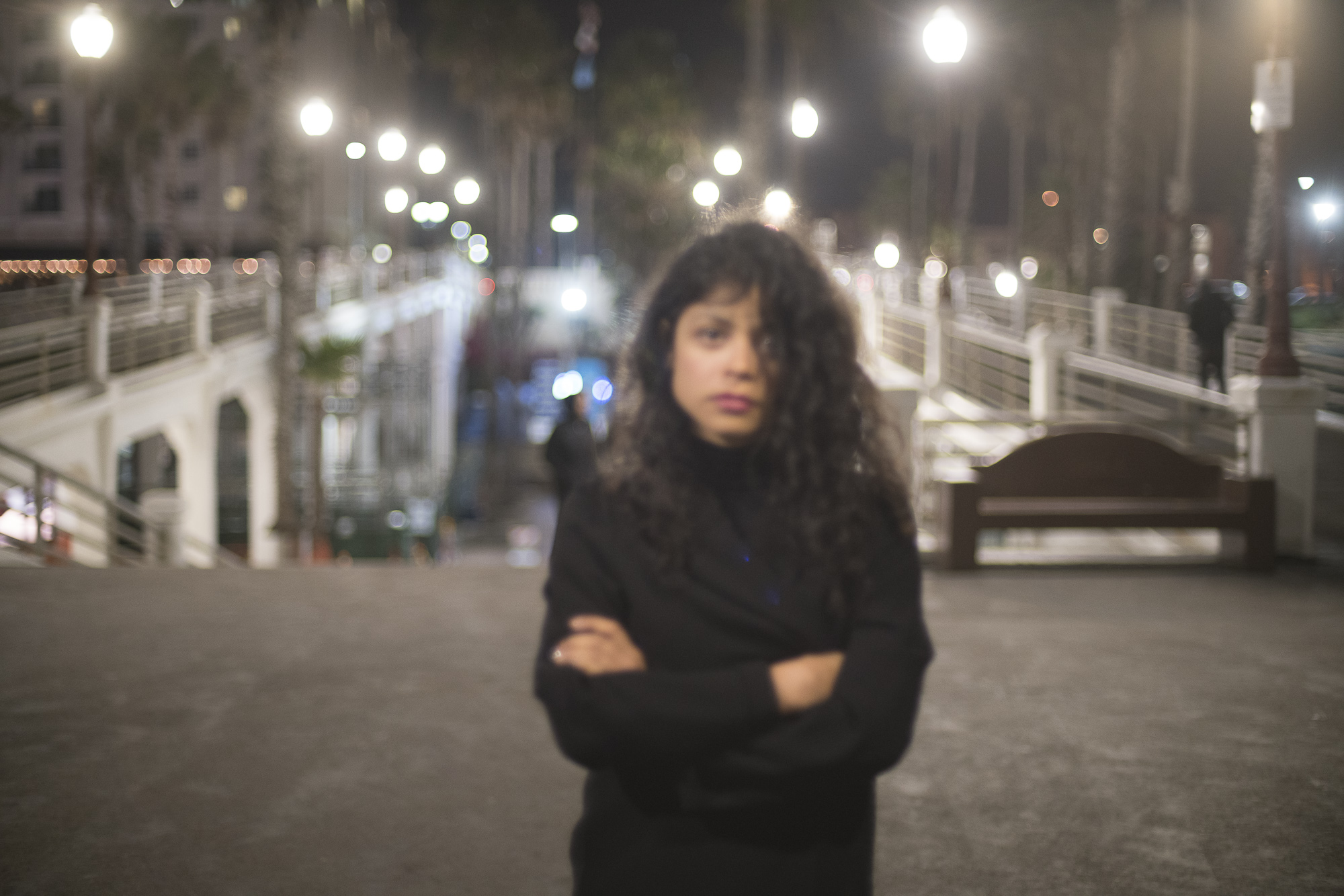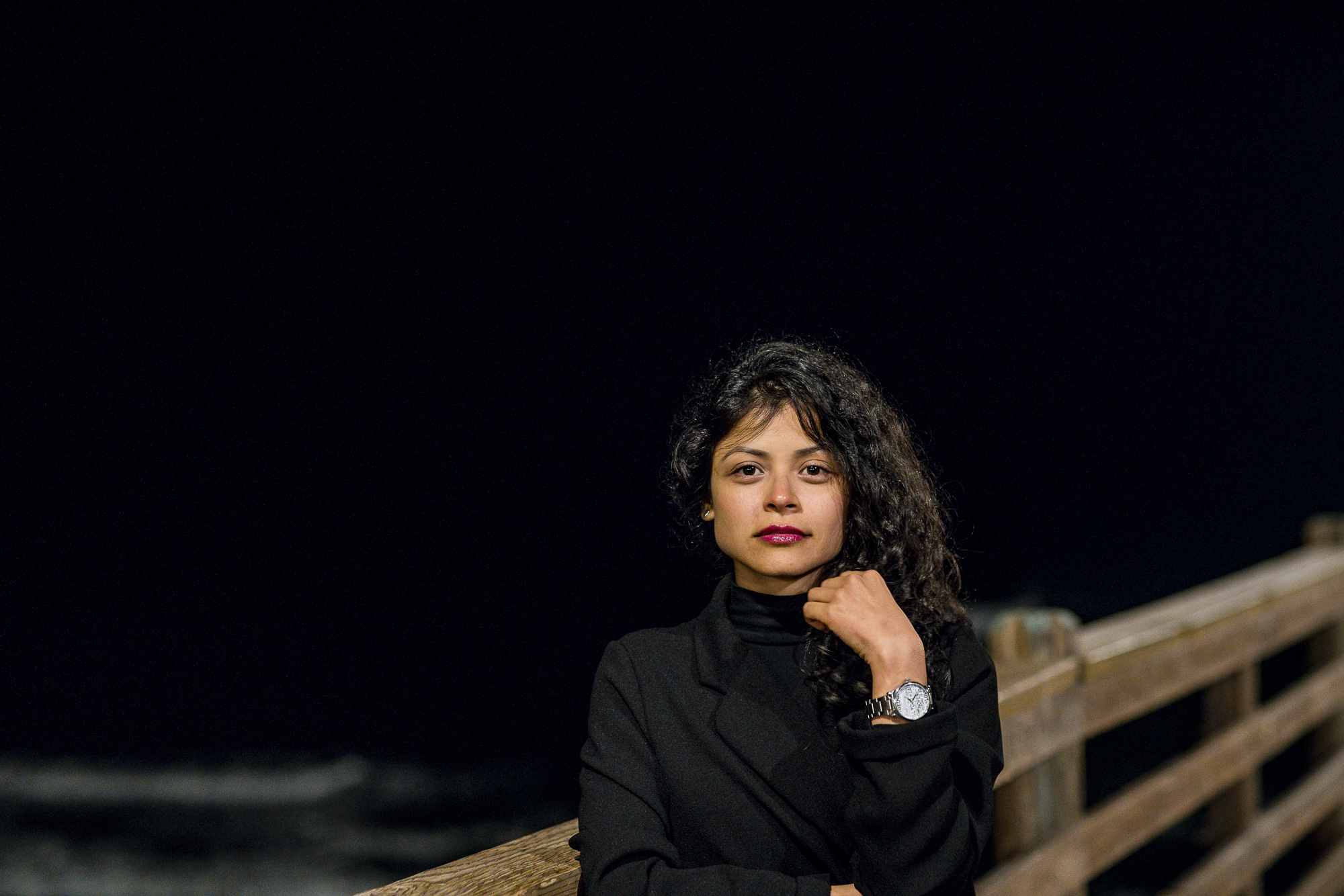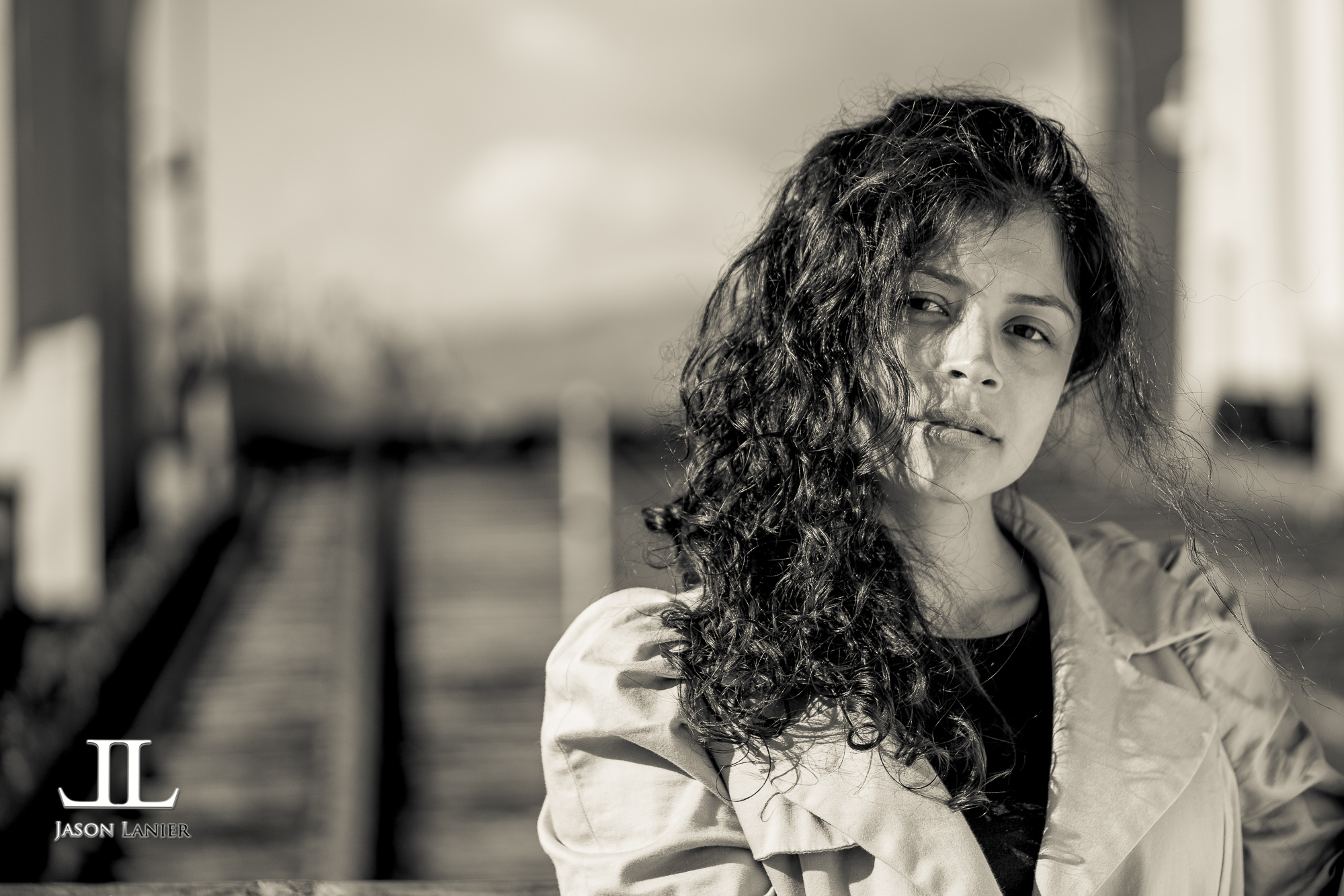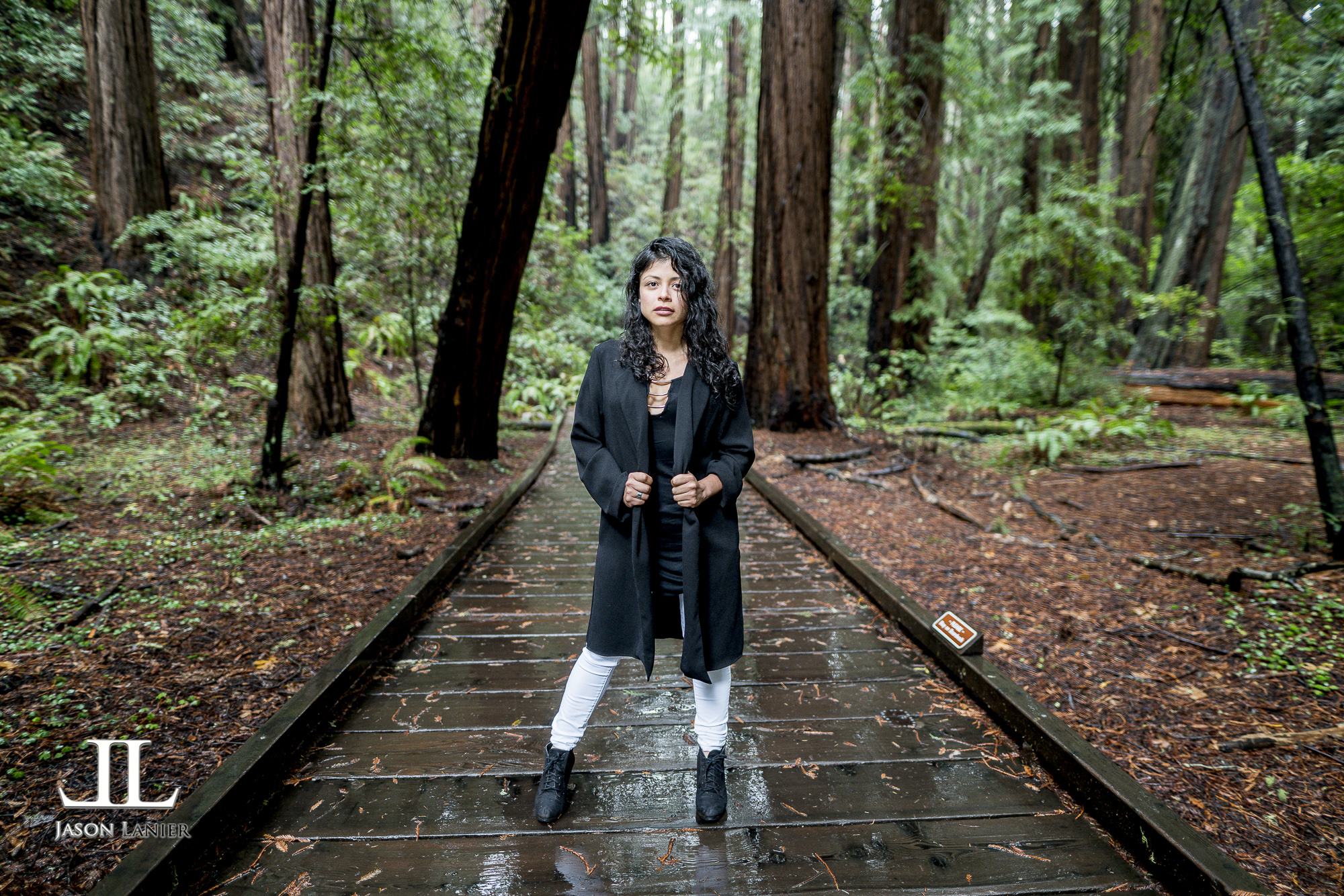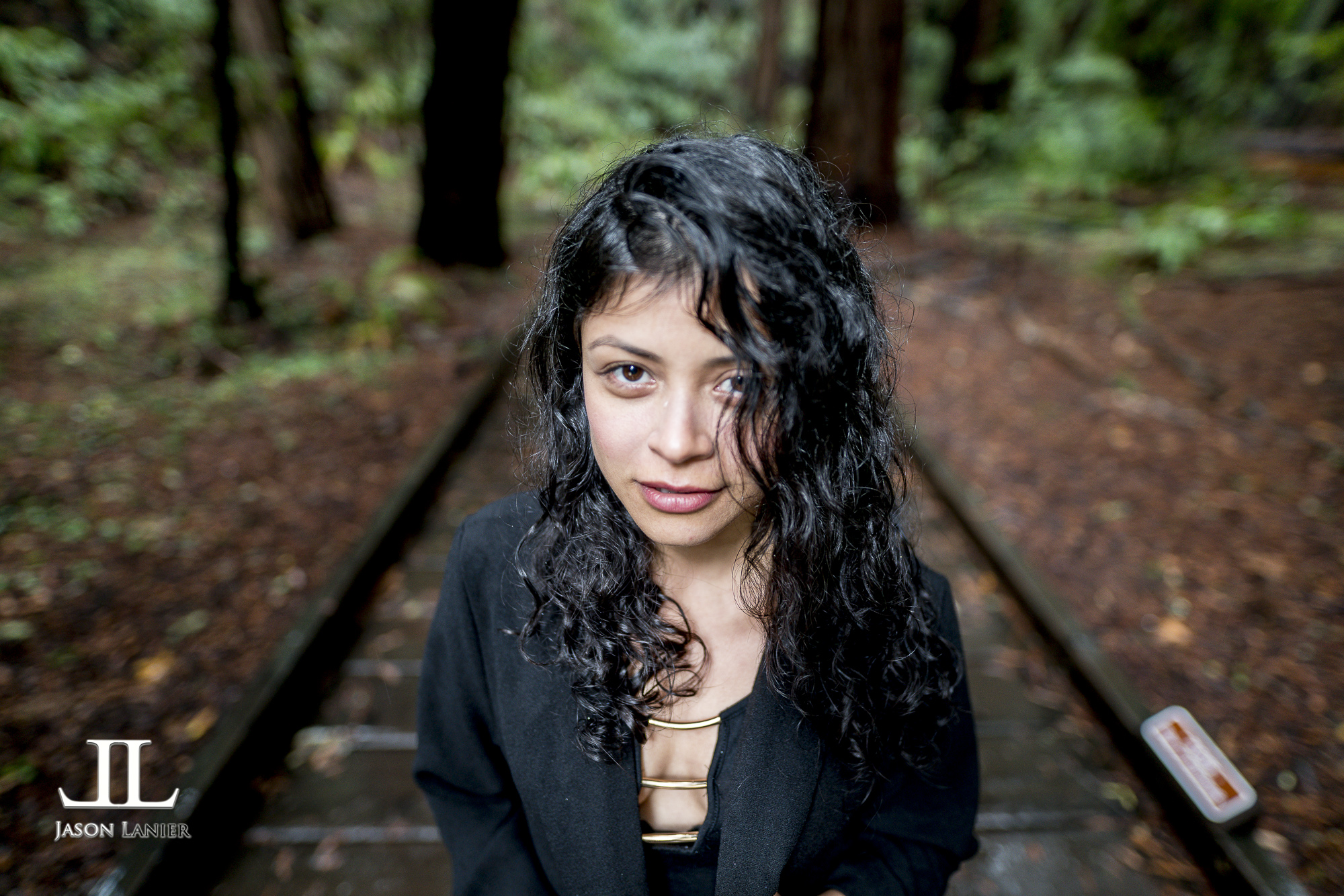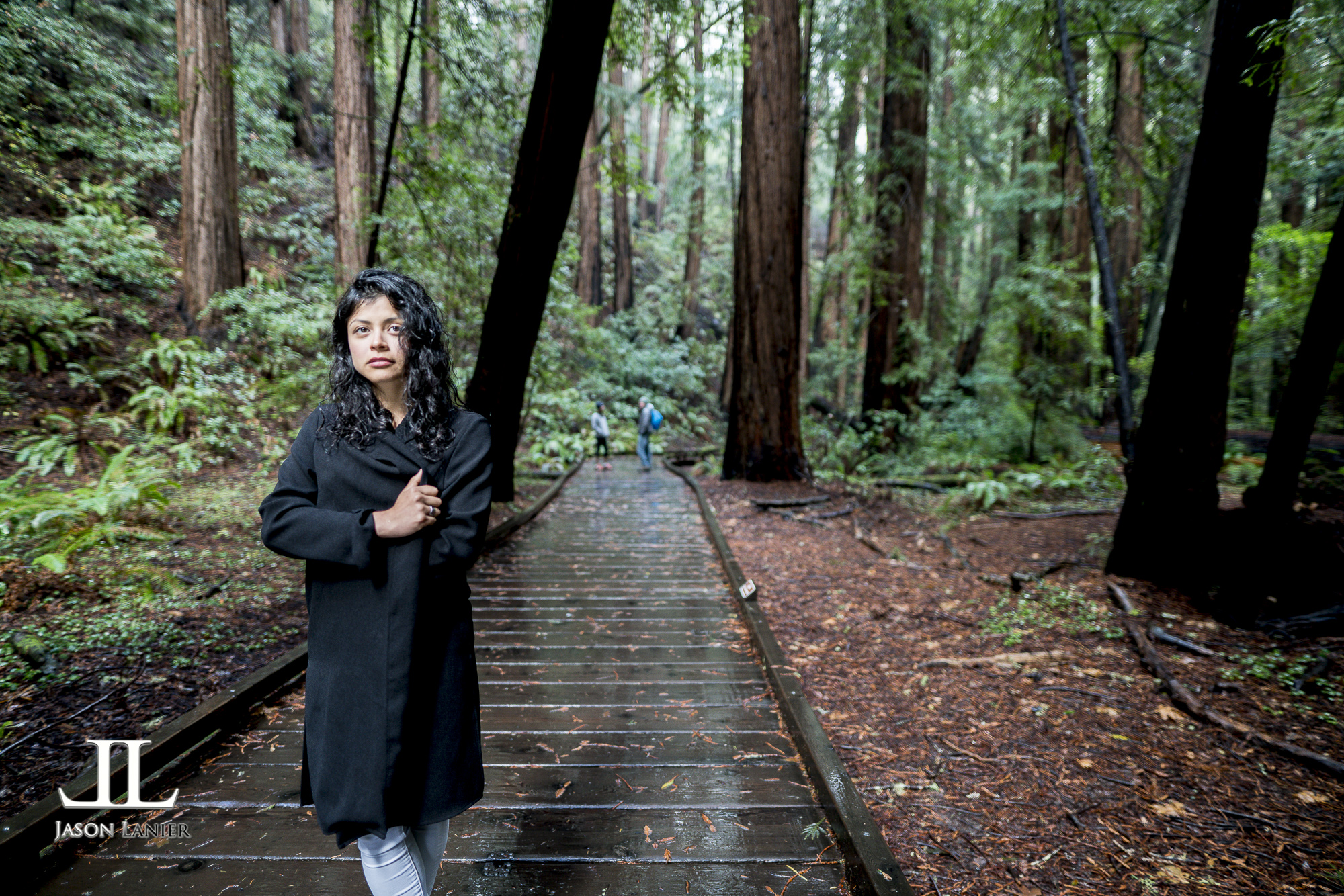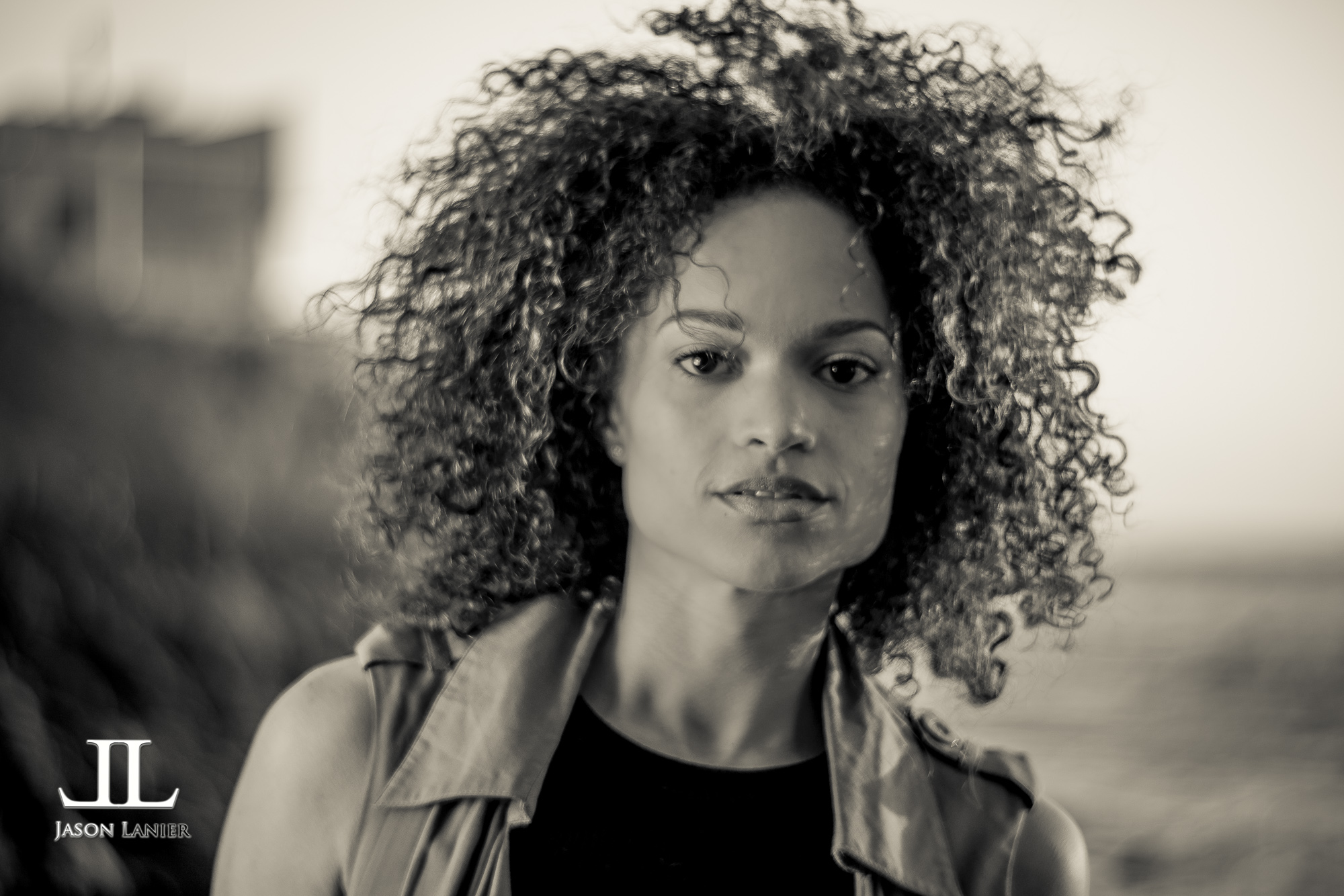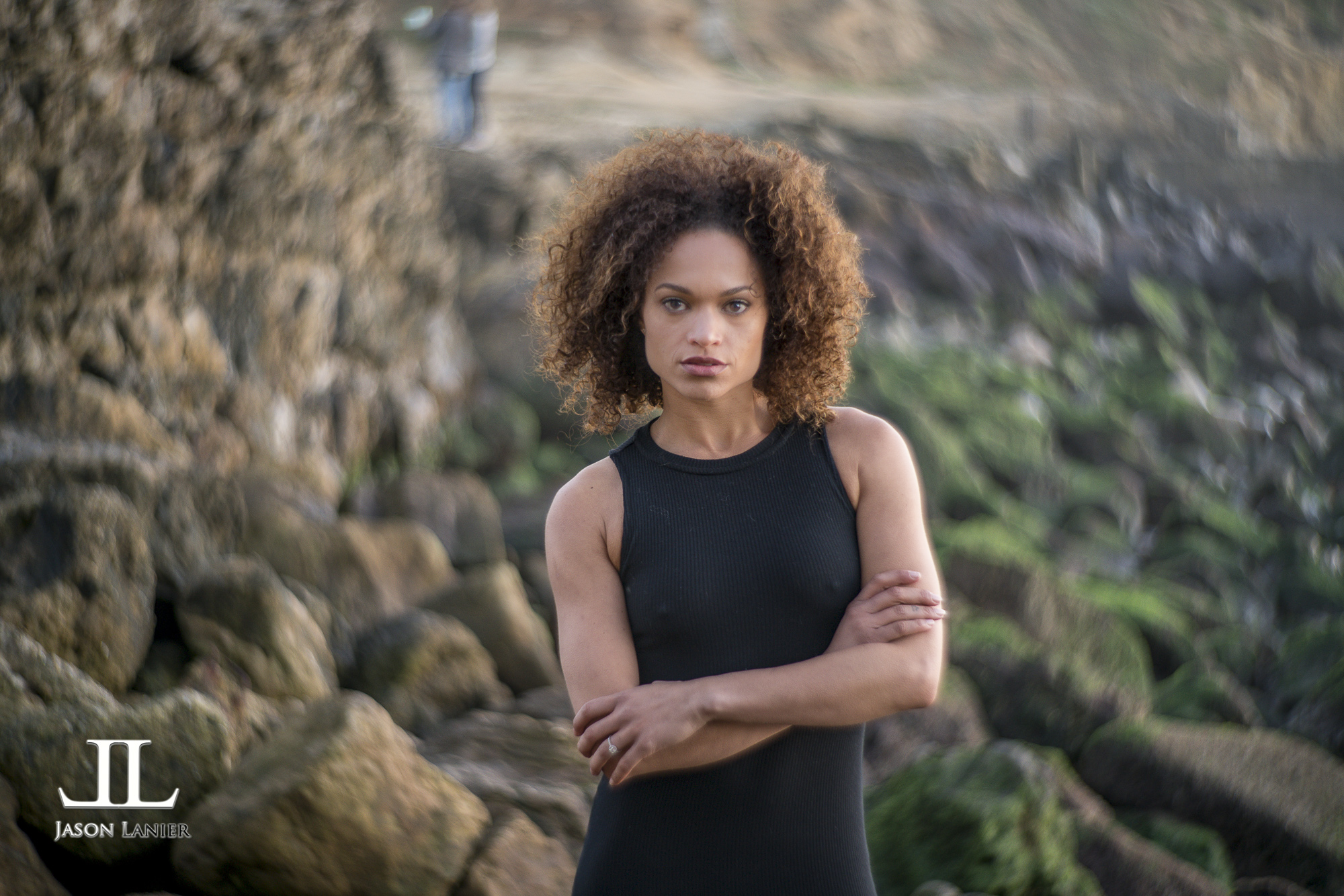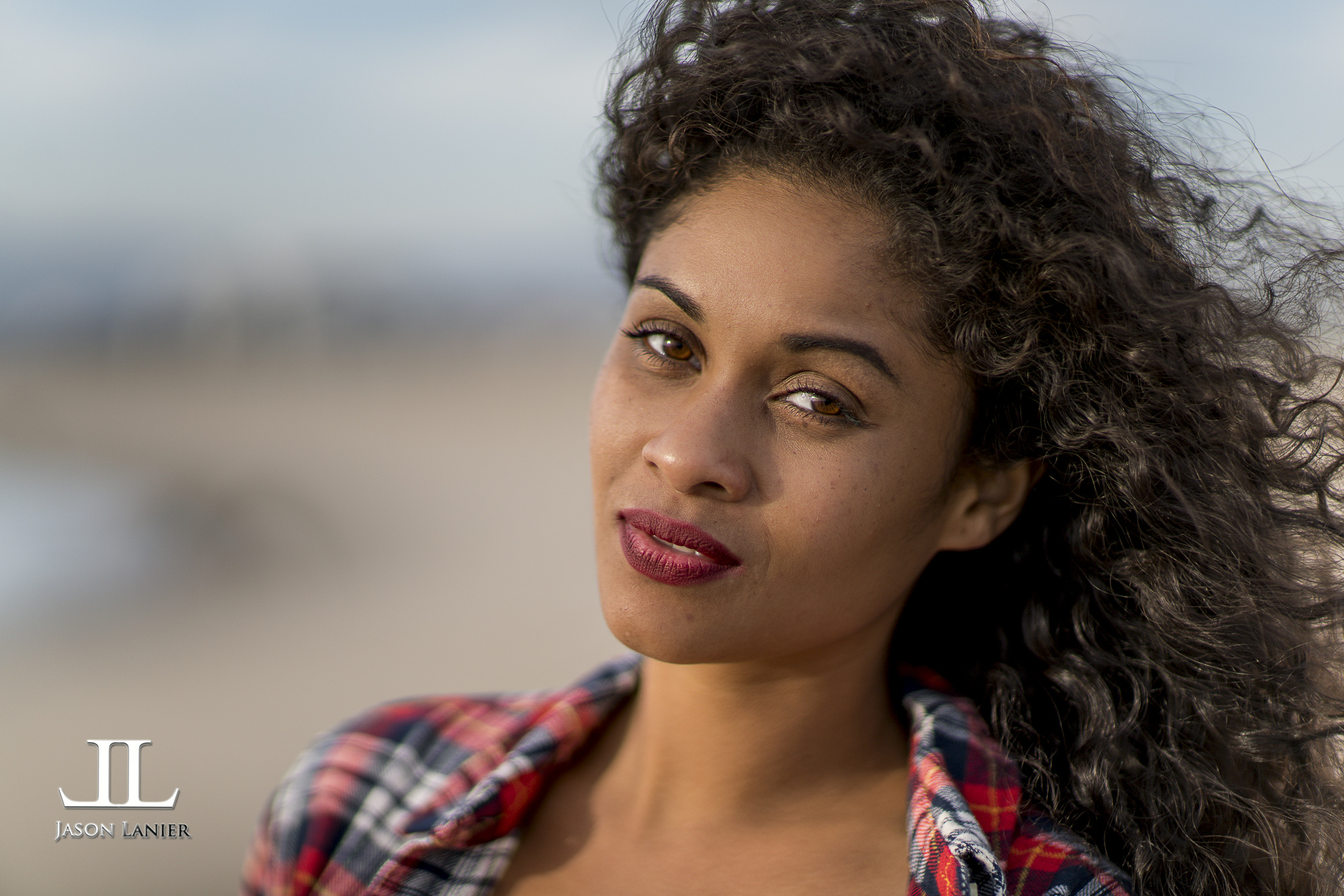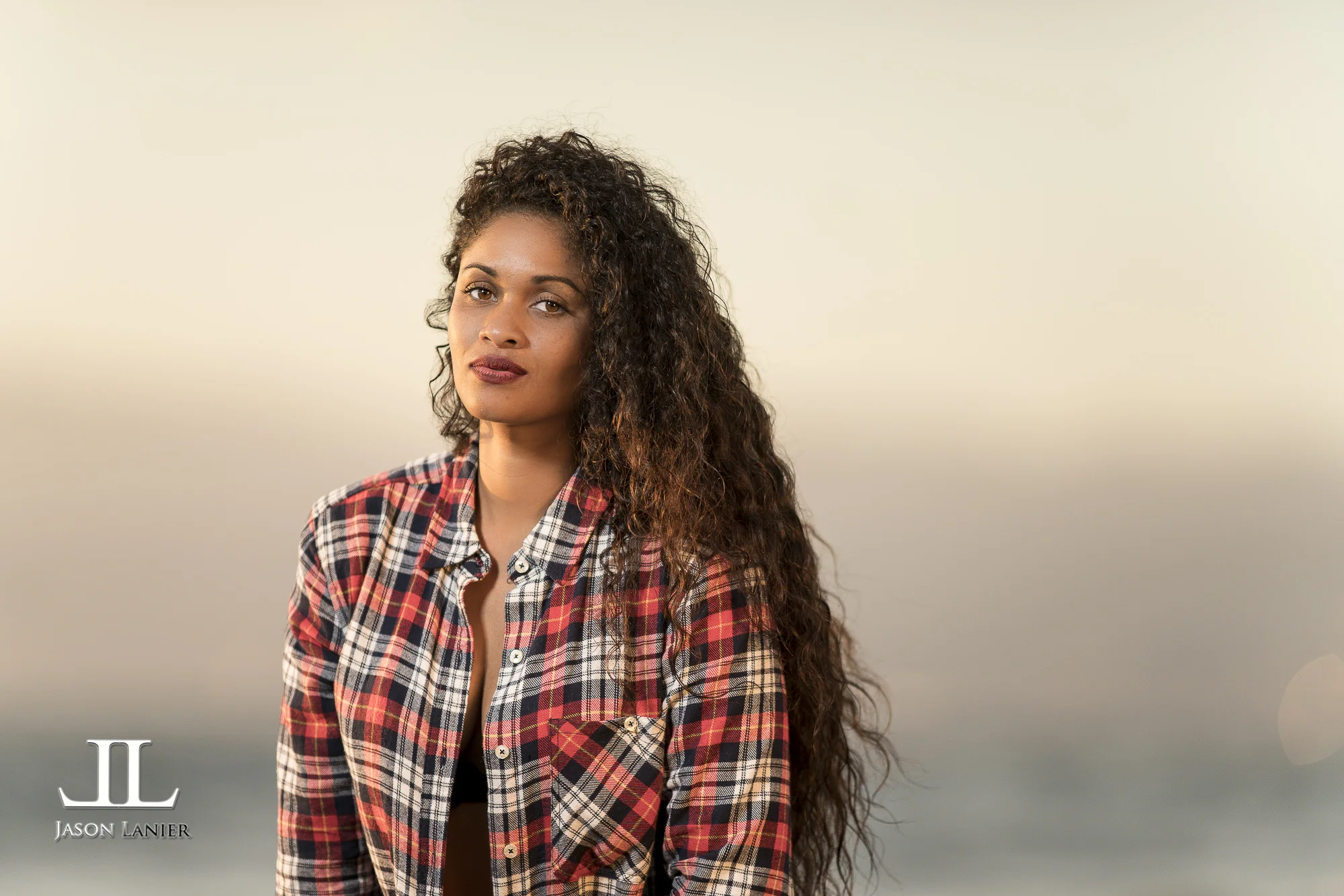Why? Well, it's very simple, I was waiting for the day when I could use some of my Nikon glass on my Sony bodies. In the 2.5 years since switching I've acquired nearly all of Sony's E mount and A mount glass. I've shot the A mount glass on my Sony E mount bodies using either Sony LAEA4 or LAEA3 adapter.
In that time I've also acquired a very expensive Canon lens kit of glass as well to use in conjunction with my Metabones Mark 4 and Sigma MC 11 Adapter. I own the Canon 50mm f/1.2, 85mm f/1.2, 135mm f/2, 200mm f/1.8, 200mm /2.8, and the 400mm f/2.8. So needless to say, I LOVE having the option to adapt glass to my Sony bodies.
I also have a lot of legacy vintage glass for manual focus, but that's for another discussion. This is related to using non-native Sony glass on my Sony body with auto focus and exif data being transmitted.
So last week the news came out that Fotodiox had a brand new adapter called the Fotodiox Fusion Smart AF Nikon to Sony Adapter with Full Automated Functions. I was less than convinced after watching the video that Fotodiox produced using the adapter because it didn't show any results. I was also a tad bit skeptical because the Fotodiox Canon to Sony adapter isn't as good as the Metabones....but after my followers asked me to give it a spin, I relented and took the plunge.
I went onto the Fotodiox website, paid full price, and paid extra for 2 day shipping so I could get a review done quickly. The adapter arrived yesterday and I was genuinely excited. I honestly thought it would be so cool to be the first one out there to test it and confirm to the Sony and Nikon world that this thing truly was amazing and worked.
Now to set expectations.....I NEVER expected it to work like native Sony glass. The Canon glass on the Metabones adapter hits about 85% of native glass performance which for me works out great. That was the bar I set for the Fotodiox. Can it perform like the Metabones performs? Being that they are so similarly priced, I think it's fair to ask for it to perform at the same level.
So I went down with my Assistant Brenda and another assistant named Quisha down to Oceanside to put this thing through a real world test.
IT FAILED.
First thing to note is that it does NOT have a USB port to update firmware. In the world of electronic adapters this is a big deal. Both my Metabones Mark 4 and Sigma MC11 Adapters have USB ports and the firmware updates actually do improve performance. Fotodiox said in their video something to the effect of, "Don't worry, it comes loaded with all the latest firmware in there..." LOL, that's great today. How about next week, next month, or next year? Do I have to buy new adapters just to get new firmware? That my friends, is RIDICULOUS.
Unlike my Sony and Metabones adapters it was at first VERY finicky. I'm used to putting on the Sony or Metabones adapters and they immediately work. Not the case with the Fotodiox. It required several mountings and un-mountings, and then mounting again to get it to work. I tried several lenses including the Nikon 105mm macro lens, the 18-55 DX kit lens, the 85mm f/1.8 lens, and the 28-300mm FX lens. I had a slew of lenses ready to test....but we couldn't get that far.
Why? Because it simply failed to work. When it did try to autofocus it hunted very badly to acquire a point of focus. All of this is illustrated in the video by the way...:)
Then it got stuck on manual focus. STUCK. Something my Metabones or Sony adapters have never done. I mean they've never done that once in the 2.5 years of me using adapters. That's how bad this Fotodiox Fusion adapter is.
Then the adapter started making weird noises.
Then it started draining all of the batteries on my Sony A7Rii. I imagine this is happening because in the video Fotodiox has out it mentions that it uses the battery from the Sony camera to power to aperture motor in the adapter. But it didn't just use it. It sucked it dry like Dracula would feed on a 600 pound man. It drained the battery instantaneously.
So I then put the Fotodiox Adapter on my A6300 and the unthinkable happened. It fried the camera. This is a camera that I've taken all over the world. It's survived all of my adventures and exploits....but it's poor sad end was at the hands of a freaking Fotodiox Adapter.
IT KILLED THE CAMERA. KILLED THE A6300. IT WILL NO LONGER POWER ON AT ALL.
Wanna see it all for yourself? Simply watch the video my friends. So in conclusion, I will definitely be returning the adapter and will be seeking compensation from Fotodiox for my A6300. I'm sure they'll give me the run around and will cite some tiny print in their warranty material telling me they aren't responsible. So that will leave me with having to try and get it repaired. And if that doesn't work replaced.
We used a bit of humor to lighten the mood and ended up calling this adapter "Chucky" because it is truly possessed. After it fried my A6300 we stopped putting it on any camera. Below are the sample images taken on the shoot that are shown in the video.
I hope this sheds some light on this adapter that apparently is sold out and back ordered for a month. Don't buy it guys. It simply isn't a well made piece of equipment.
Please note: the images below will not make much sense if you don't watch the video. We never even got to the point of doing a normal shoot because the adapter failed to work. Most of these were sample images taken trying to get the adapter to work while it was on a tripod where I was showing the back of the camera. To understand the pics, please watch the video...:)
Images taken with the Fotodiox Adapter using Nikon glass- Sony A7Rii













